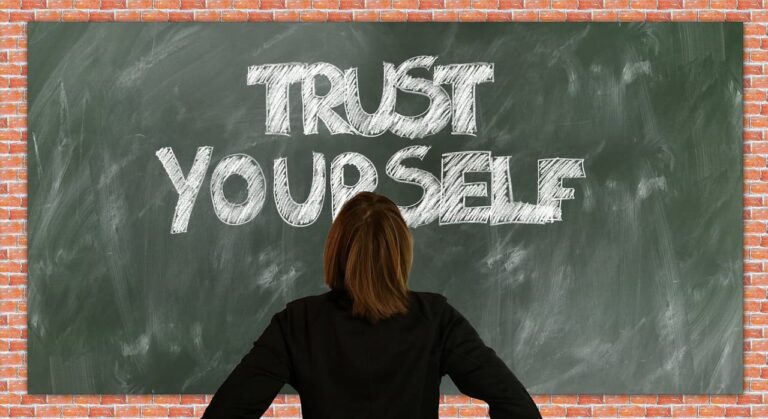Burnout Recovery Starts With Better Boundaries: Here’s How to Set Them
Burnout results from a long-term imbalance in the use of time and energy, where one area of your life drains the energy reserves for other areas. A common misconception about this condition is that it can be reversed by taking time off—this is not the case. The real answer is setting boundaries. Boundaries change your behavior, which in turn aids your full recovery. The purpose of boundaries is not to keep people out, but to guide them into your relationship by defining how you want to be treated (and how you want to be treated).
Here is how to set them;
Set priorities
Clear priorities are non-negotiable if your boundaries must be effective. Identify what matters most to you and attend to it promptly. Others can wait until you have more time and energy. A deep level of self-awareness and reflection is necessary to achieve this, involving the evaluation of your core values, what you genuinely care about, and your goals.
Communicate Clearly and Early
Make an effort to communicate your set boundaries as explicitly as possible to make them potent, though, respectfully. Maintain a professional tone if it’s formal, and avoid making personal remarks. Discuss your expectations further if they are not met until you are satisfied.
Learn to Say ”No”
Get comfy saying NO!—Say without guilt, it’s no crime. Refusing something because you are uncomfortable or don’t feel like it at a particular period isn’t illegal. While you might feel bad about it, it’s a great method to establish healthy boundaries in both personal and professional life. Alternatively, provide a remedy if you must turn down the request.
Take Regular Breaks
If you don’t already have any breaks in your schedule, incorporate one and start with mini breaks to take stretches and strolls. This break refuels you, improves your mental well-being, and boosts your productivity. Taking some time off for vacations is also helpful in your recovery from burnout, and you return with fresh insight.
Delegate and Collaborate
You cannot accomplish everything yourself. Consider working with colleagues or assigning tasks to a trusted ally if you have a lot on your plate. Collaboration reduces stress and fosters a happier workplace, so never be afraid to ask for assistance when you need it.
Create a Designated Workplace or Barrier
To prevent overworking, think about creating a barrier or designated workplace in your home if you’re a remote worker to set the boundary between your personal and professional life. You activate work mode when in this space and are off-duty when not there. Interpersonal boundaries are also crucial for protecting your values and privacy.
Stick to a Routine
Set a clear schedule and adhere to it. Begin and end your day according to this timetable to avoid overtime and working longer than planned, especially for people working off-site. And if there is a change, be sure to communicate it openly and honestly. The practice will help the people around you understand your time limits.
Addressing Boundary Violations
Always ensure your boundaries are still effective by reviewing them periodically. Make the required changes if some are not effective. When you experience pushback setting new boundaries in challenging circumstances, use the following tips to address the violations and take charge.
- Establish clear repercussions
- Remain consistent
- Maintain your stand during pushback
- Be firm
- Remind them about your boundary when they forget
- Gently express violations
- Be patient with yourself and others
- Cut an unrepentant violator off
Conclusion
Establishing and upholding boundaries remains one of the strongest defenses against burnout. We take charge of our health and develop a more sustainable way of working and living. However, the recovery time for burnout varies greatly, ranging from a few weeks to months or even years—3 to 6 months for moderate burnout, which often requires thorough recuperation of the neural system. Severe burnout can take 6 to 18 months to recover and may require lifestyle changes and professional assistance.






